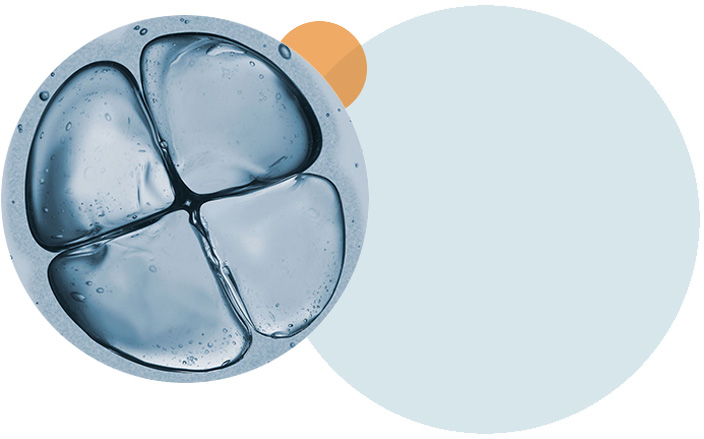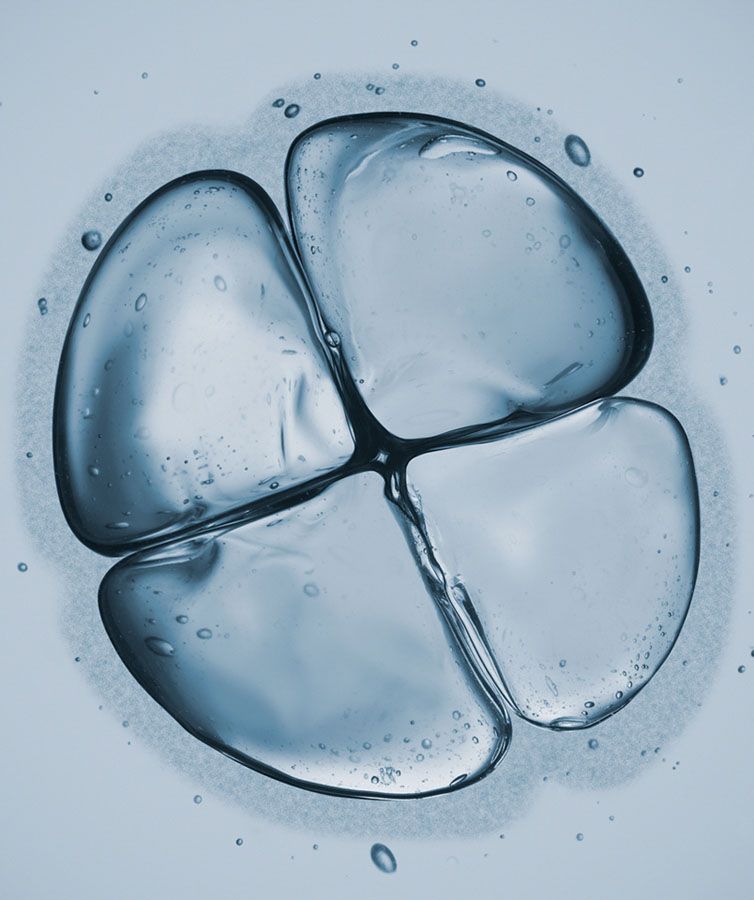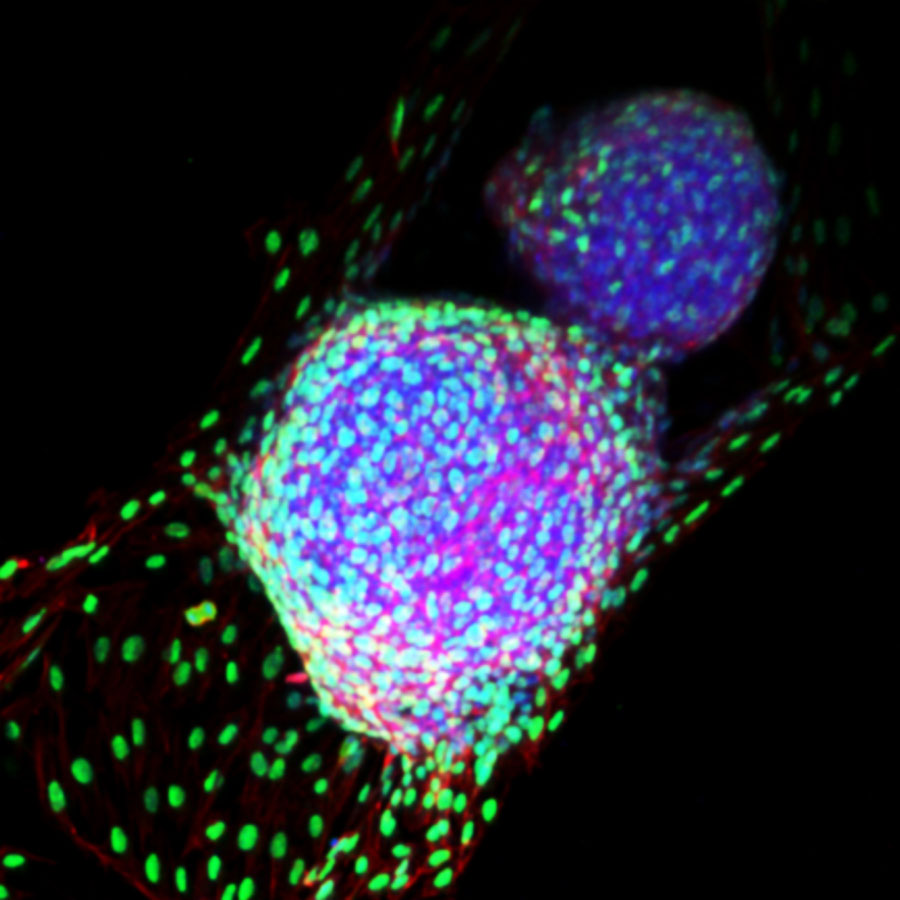
Goal
Enable women and men to manage fertility and minimize the impact of gynecologic and andrologic conditions in support of lifelong reproductive health.
Goal
Enable women and men to manage fertility and minimize the impact of gynecologic and andrologic conditions in support of lifelong reproductive health.

Research Opportunities
There is an opportunity to improve basic biological understanding of the female and male reproductive organs and to develop knowledge that may lead to treatments for conditions that affect them. NICHD is interested in the use of integrated genetic and phenotypic exposure data to understand the underlying mechanisms of conditions such as endometriosis, fibroids, pelvic pain, vulvodynia, pelvic organ dysfunction, undescended testes, cryptorchidism, varicocele, and other factors that affect gynecologic and andrologic health. Understanding the basic biology of healthy reproductive development, especially the role of menstruation and endometrial biology, could lead to new avenues for addressing gynecologic conditions. Characterizing how gynecologic disorders emerge at the onset of puberty and assessing how the timing of puberty affects reproductive development and gynecologic disorders could lead to new prevention and treatment approaches. The institute will expand basic and translational research efforts, including the study of social and environmental influences, to identify modifiable factors to solve infertility. Expanding the options that allow women and men to manage their fertility will continue to be an area of focus for NICHD. Scientific efforts to develop biomarkers for reproductive aging and to reduce the impact of andrologic conditions are also required.


Scientific Priorities to Advance Public Health
- Understand developmental processes that result in abnormalities in the female and male reproductive tracts. Include an emphasis on factors that contribute to the initiation of puberty and determine the tempo of developmental changes during this time.
- Characterize age-related changes in the reproductive system and their impact on reproductive outcomes, particularly infertility and the health of children born to older parents. Discover factors that contribute to delayed pregnancy, especially social or economic factors, and their association with maternal and child outcomes at the individual and population levels.
- Identify biologic, social, and environmental factors that can lead or contribute to idiopathic female and male infertility and/or early pregnancy loss. Apply this knowledge to expand technologies or methods for fertility stimulation, fertility preservation, and/or contraception. Integrate advanced ‘omics and novel model systems to enhance this research.
- Use model systems to uncover factors that lead to gynecologic and andrologic conditions. Expand the genomic understanding, phenotypic characterization, and use of advanced ‘omics technologies to inform new prevention and treatment strategies.

 BACK TO TOP
BACK TO TOP